ę When does art stop being art? | Main | CLICK! Ľ
December 13, 2006
Not the bones or the stones, please, not yet.
What should I choose? asked Rowan, currently studying for his GCSE Art examinations, as we sat round eating Martinís choice spaghetti. Itís always a hard question.
His main area of choice was Natural Forms. I cringed. Natural Forms hides a degree of blandness that knows no bounds and if thereís one thing thatís hard to paint or draw itís blandness.
Oh, sure, there are professional artists whose skills are honed to such a degree that the thought of painting a white egg on a white tablecloth against a white wall creates a challenge which is hard to resist. But their cause is not ours and it's certainly not a suitable subject for a school art room.
Stones, bones, leaves, feathers and twigs might look interesting to the eye, but thatís because weíve got 125 million pixels [ok photo-receptors] in each eye and highly developed interpretive software in our heads which fill in the gaps for us. And the gaps are many, as you will discover if you choose to go down this route.
Half the battle of producing a good painting [or drawing] is choosing the right thing to paint. Some things are good to paint, some things arenít. Choose carefully.
Personally I go with fruit, if for no other reason that if things donít go so well you can eat it. Not just any fruit mind you, in the world of fruit there are many pitfalls. Thereís fruit thatís good to draw and fruit thatís hard to draw. [see previous post]
Basically the only fruit worth a fig are lemons and pears, for the same reason that Bart Simpson has big spiky hair. Matt Groening drew his original characters with a distinctive silhouette so they would be easily recognisable.
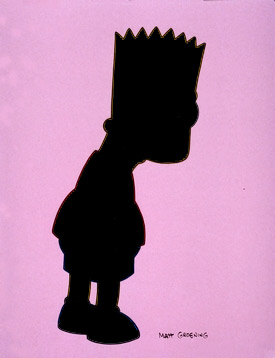
Which is good because recognising is what we do best. So long as weíve got some big clues.
What is this?
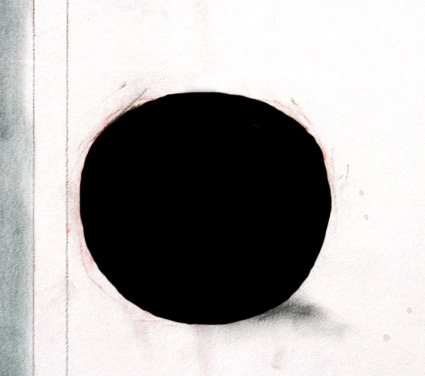
It could be an orange, a grapefruit, an apple, a grape, a cherry, a blueberry to name but a few.
And this?
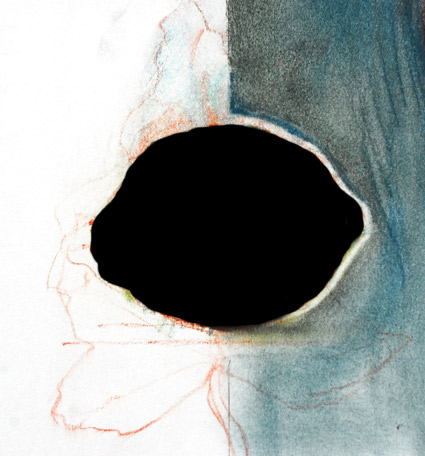
answers at the bottom of the post
So before you get into textures and form and shading and surface pattern, donít make your task any more difficult than it need be, consider the shape.
answers:
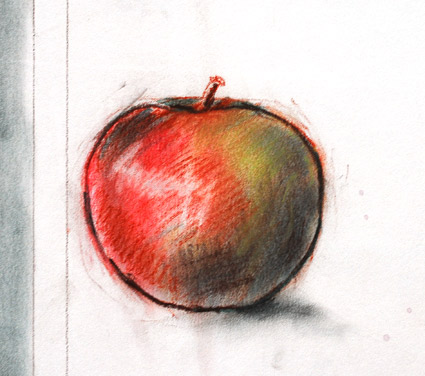
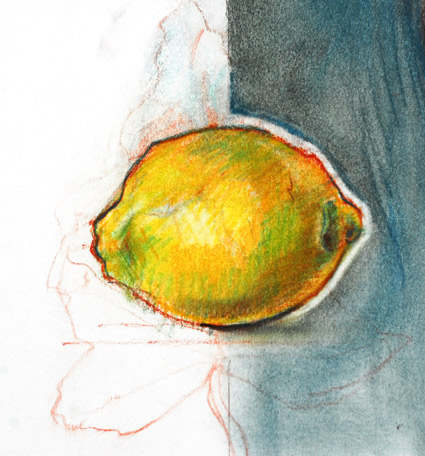
Posted by john at December 13, 2006 11:22 PM
Comments
My brother-in-law once worked as a hospital artist, drawing diet plans for people with poor reading skills etc. He once had to draw a digestive biscuit and said it looked like a circle of cardboard whatever he did.
Posted by: Daphne at December 14, 2006 12:15 AM